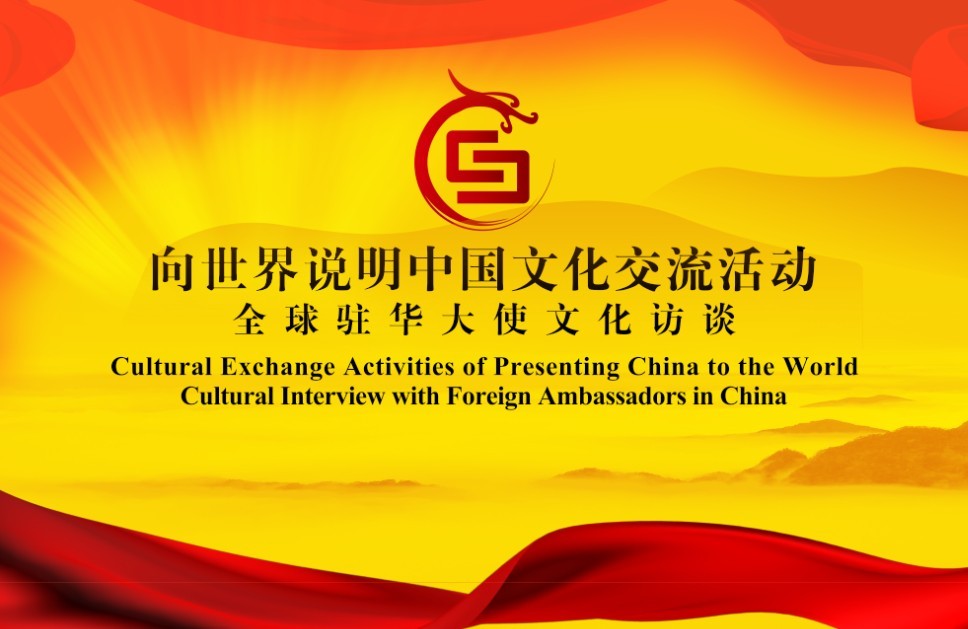September 16th was a day worth remembering for the cultural communication between China and Belgium. On that day, happy atmosphere could be found everywhere in the Brussels China Culture Center in the European office area of the center of Brussels which was in the central area of Belgium. Liu Yandong, vice prime minister of China’s State Council, and the vice prime minister and foreign affairs minister started the opening ceremony of Brussels China Culture Center.
In the October of 2013, “Memorandum of Understanding on the Establishment of a Chinese Cultural Center in Brussels” was signed between China and Belgium. At the end of March, 2014, Chinese president Xi Jinping was on a state visit in Belgium, during which, they talked about the construction of a Culture Center for multiple times. This goal was listed clearly in the “joint declaration” established by the two countries multiple times. The Brussels China Culture Center was the compliment of the consensus reached by heads of the two countries and was irreplaceable for the deepening of routine cultural communication and cooperation between China and Belgium as well as between China and European.
Liu Yandong said in his speech that this year was the 40th anniversary of the establishment of the diplomatic relationship between China and European as well as the 44th anniversary of the establishment of the relationship between China and Belgium. Currently, China-Belgium tie was the best in history and had been developing toward friendship in all aspects. Belgium was an important place for people-to-people communication between the two countries. Brussels China Culture Center was a vital achievement of China-Europe communication and a historical witness of the friendship between China and Belgium.
Liu Yandong said that the power of culture had no limits in time and space and could influence people’s mind. It’s the most vigorous and abundant part of people-to-people communication. Brussels China Culture Center presented a real and colorful China to everyone. She hoped that the center could stick to principles of “high-quality, popularity, friendship and cooperation”, innovate new forms and expand content, so more people, especially young people, in Belgium, or even Europe, could understand China. The center would be a bridge to deepen the friendship between people from China and Europe; be a comprehensive platform for communication between the east and west and be a contribution to develop China-Belgium and China-Europe ties.
The minister reviewed the achievement of cultural communication between the two countries in the speech and hoped the culture center could be an opportunity and “ambassador” for cultural communication between the two countries.
Before the opening ceremony, Liu Yandong met the minister. They attended the exhibition in the ceremony, including “Zhang Chongren and Belgium”, “China Culture Center--a Bridge Between China and the World” and an exhibition through touch screen named “Visit China through Cultural Relics”. After the ceremony they unveiled the sculpture named “Confucius Asked Lao Zi”.
Attendees were secretary general of the Ministry of Foreign Affairs of Belgium; a senator and the team leader of Belgium-China Friendship Team; deputy director of the education and culture department of the EU committee; Yuan Guiren, China’s education minister; Jiang Xiaojuan, deputy secretary general of China’s State Council; Wang Chao, vice minister of foreign affairs; Ding Wei, vice culture minister; Tong Gang, deputy director of China’s State Administration of Press, Publication, Radio, Film and Television; Meng Xiaosi, vice chairman of the All-China Women's Federation; Qu Xing, Chinese ambassador in Belgium, and Yang Yanyi, China’s ambassador to the EU.
China’s Culture Center in Brussels was jointly established by Culture Minister and Shanghai Municipal Government. It’s the 21st China culture center overseas and the 1st one built by a ministry and a provincial (municipal) government, playing a demonstration role in the cooperative building of China culture center by the central and local governments. The culture center had advantages in location. The architecture it was in was built in 1861, covering an area of nearly 2500 square meters and having multiple functions including art exhibition, small-scale performance, forum and lecture salon, cultural and art education and training, movie, e-reading, and coffee and book bar.
